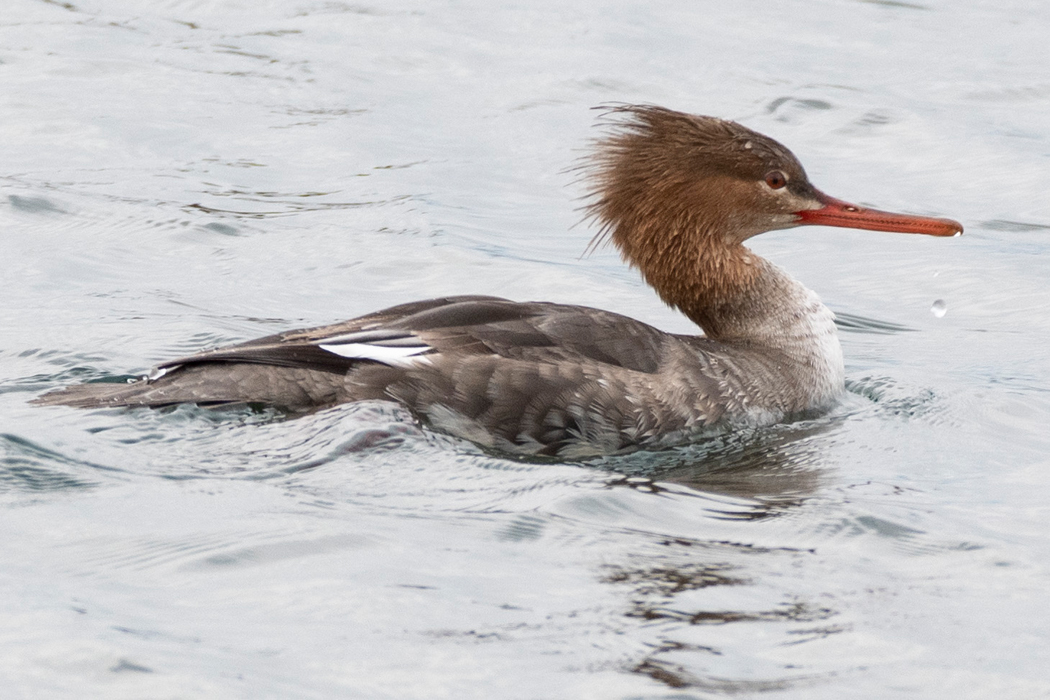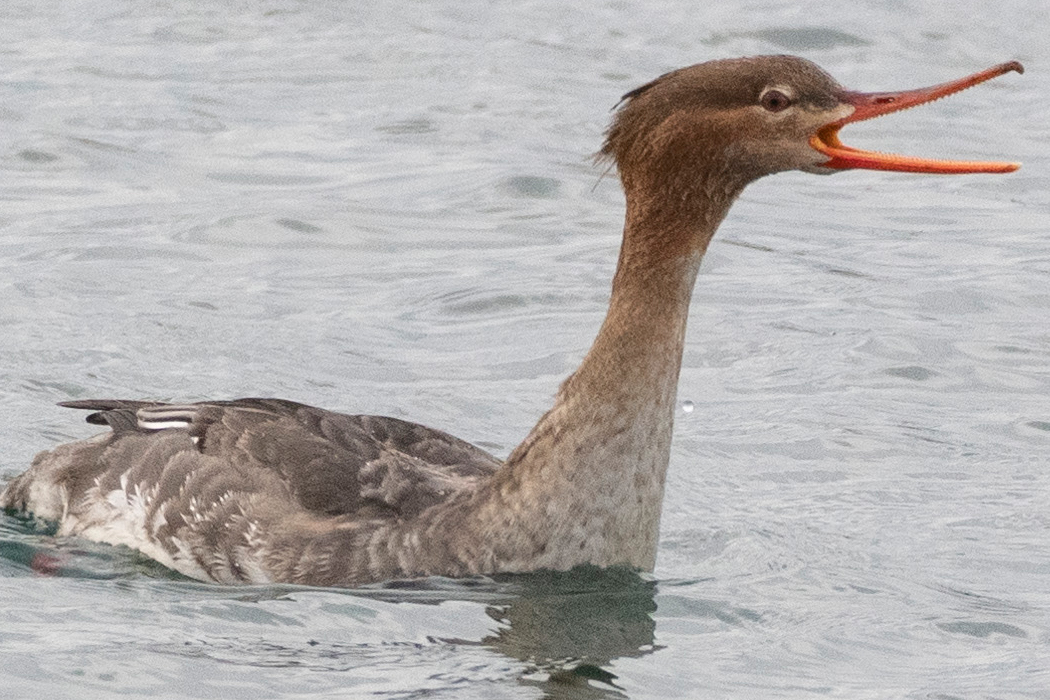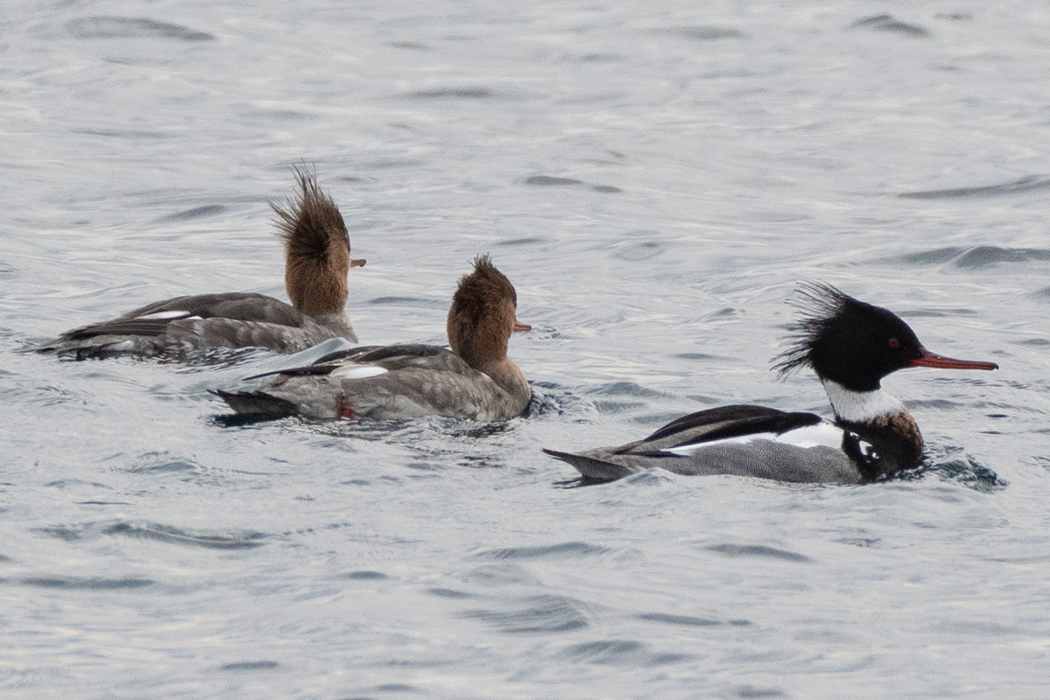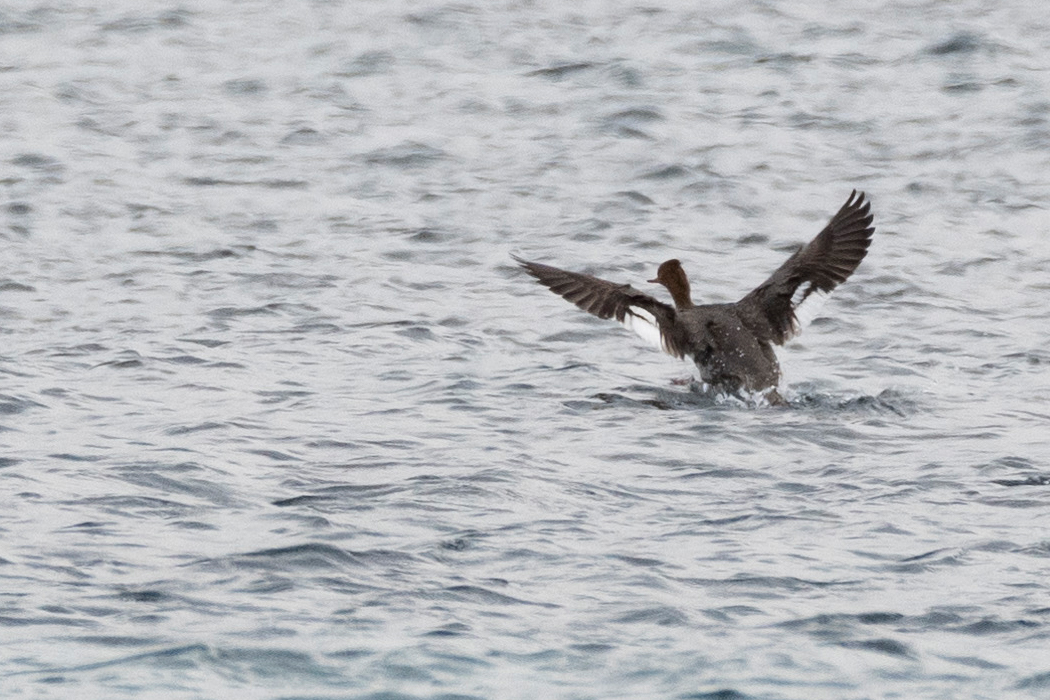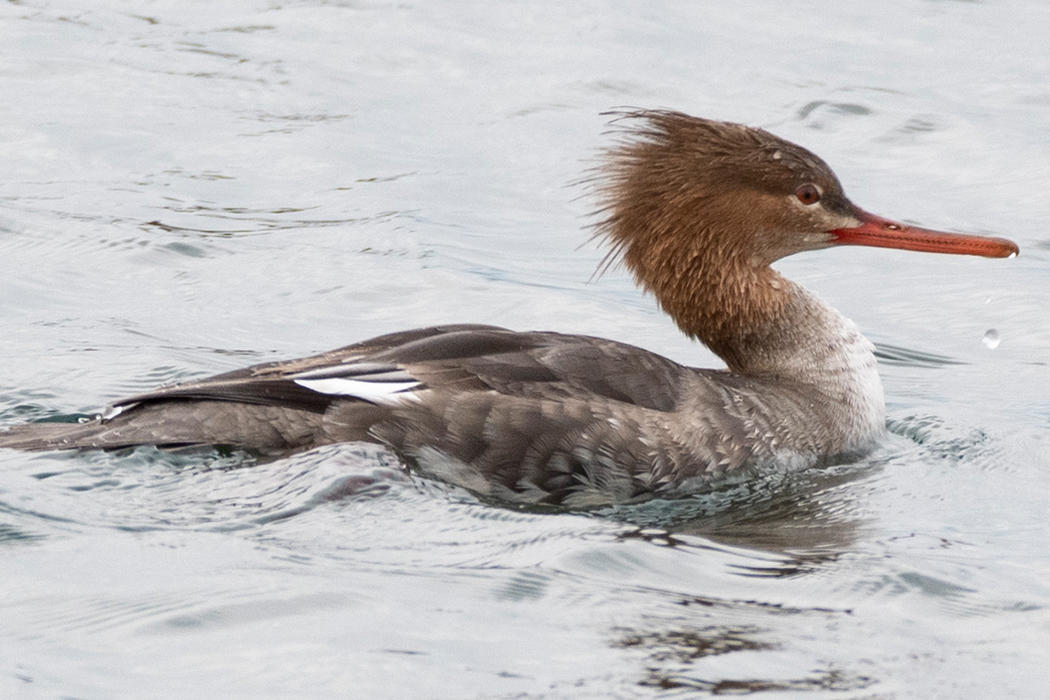
Red-breasted merganse
Comes to coastal coves in winter.
| Scientific name | Mergus serrator |
| English name | Red-breasted merganse |
| Japanese name | 海秋沙 |
| Classification | Aves |
| Classification details | Anseriformes Anatidae |
| Full length | 50-65cm |
| Distribution | Widely distributed in northern hemisphere. In Japan, it can be seen along the coast in winter. |
Characteristics
A waterfowl characterized by the bright colors and crest feathers of males. Both males and females have a white neck, a brown chest, and a grey-brown body below the neck. The next row wind cut is white. The beak is orange, slightly elongated and finely jagged. The iris is red.
The male has a dark green head and the female has a brown head.
The difference between Umiaisa and Kawaaisa
A clear difference from the common merganser is the color of the iris and the crest feathers. Compared to the common cormorant, the clear border between the white and brown plumage on the chest is also a point of identification.
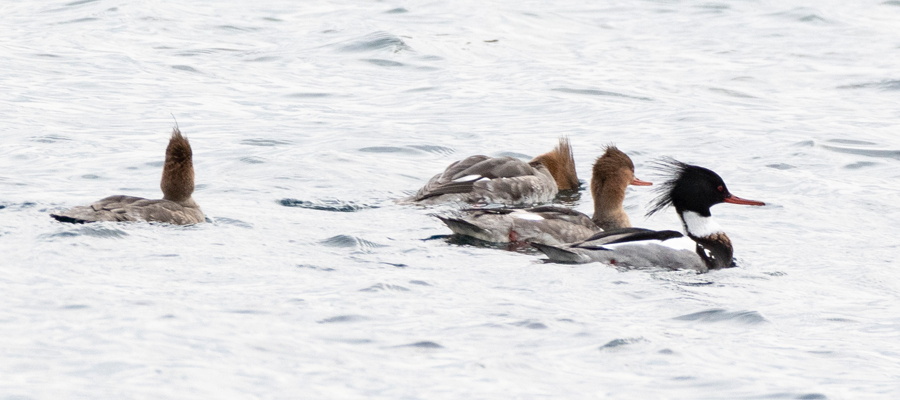
Ecology
Found in coastal coves in winter. They often move in groups. Catch and eat fish.
Habitat
This photo was taken in the sea from Nagai to Arasaki on the Miura Peninsula. I encountered two wigeons mixed with a flock of wigeons and a flock of about 20 swimming near the Arasaki coast. They were troubled because the seagulls seemed to be taunting them. It seemed to be led by a male.
Pictures
Introducing a picture of Red-breasted merganse.

Picture book
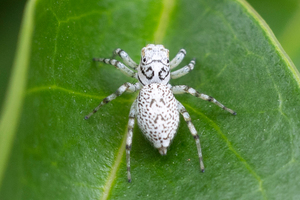
Phintella versicolor
The female has a pure white body color.......ead more.

Japanese Wood Pigeon
It features a bright head called "Akapoppo".......ead more.

Black-headed Gull
There is a black spot behind the eye.......ead more.
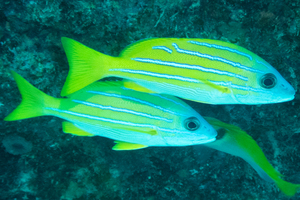
Bluestripe snapper
yellow body with 4 pale lines running......ead more.

Whooper swan
fairly large with wings open.......ead more.
